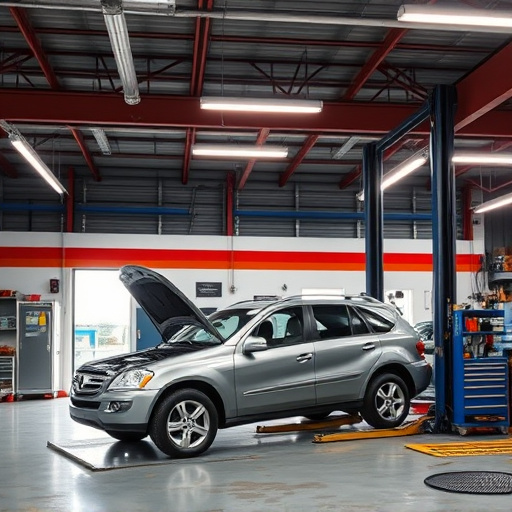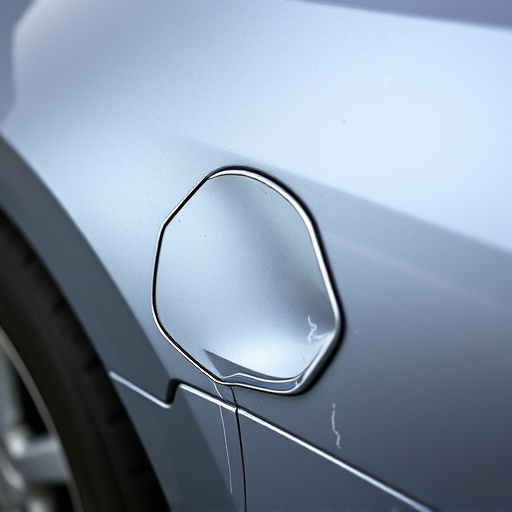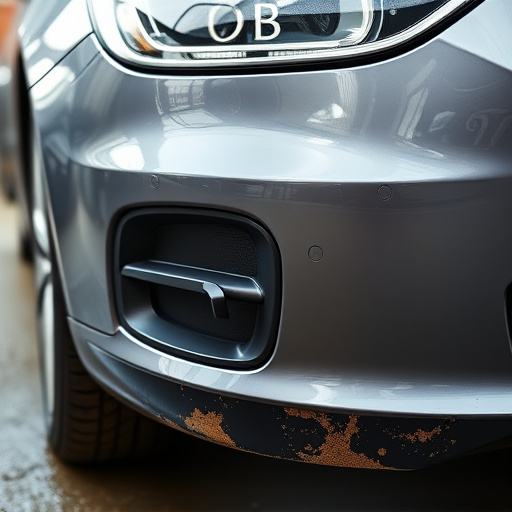Understanding and reviewing your insurance repair warranty is crucial for effective post-accident vehicle repairs. This warranty covers essential services like collision, paint, and cosmetic fixes to restore your car to pre-incident condition. However, be aware of exclusions such as aesthetic modifications, wear and tear, and pre-existing damages. Keeping detailed records of all communications and damage documentation, along with a thorough review of your warranty, ensures smooth claims management and protects against disputes.
“Unsure how to navigate your insurance repair warranty? This comprehensive guide is designed to equip you with the knowledge needed to apply your coverage correctly. We break down the intricacies of insurance repair warranties, including what’s covered and what’s excluded.
Learn the step-by-step application process to file a claim effectively and discover common mistakes to avoid during resolution. Maximize your protection and ensure a smooth experience by following these expert tips tailored around your insurance repair warranty.”
- Understanding Your Insurance Repair Warranty: What It Covers and Exclusions
- The Application Process: Steps to File a Claim Effectively
- Common Mistakes to Avoid During the Claim Filing and Resolution Process
Understanding Your Insurance Repair Warranty: What It Covers and Exclusions
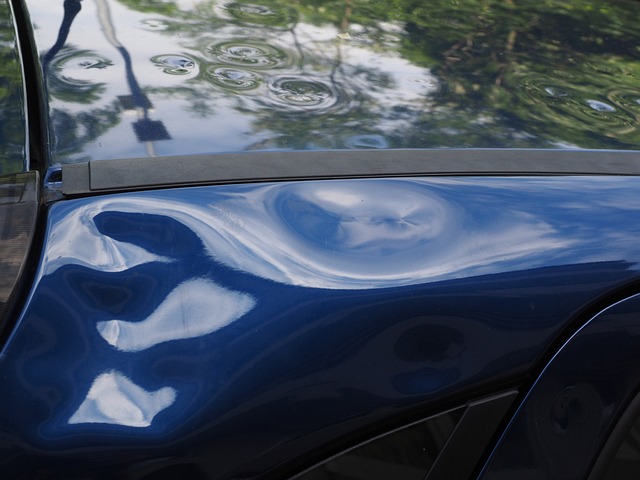
Understanding your insurance repair warranty is crucial for ensuring you receive the proper coverage and service after an accident. An insurance repair warranty typically covers a range of services related to vehicle damage repairs, including automotive collision repair, car paint repair, and car collision repair. It aims to protect policyholders from unexpected costs and ensure their vehicles are restored to pre-accident condition.
However, there are also exclusions to keep in mind. Common exclusions may include cosmetic or aesthetic modifications, damages caused by wear and tear, and pre-existing conditions. It’s essential to read the fine print carefully to comprehend what is covered and what isn’t. By doing so, you can navigate the claims process more effectively and ensure that your warranty provides the support needed for quality car collision repair.
The Application Process: Steps to File a Claim Effectively
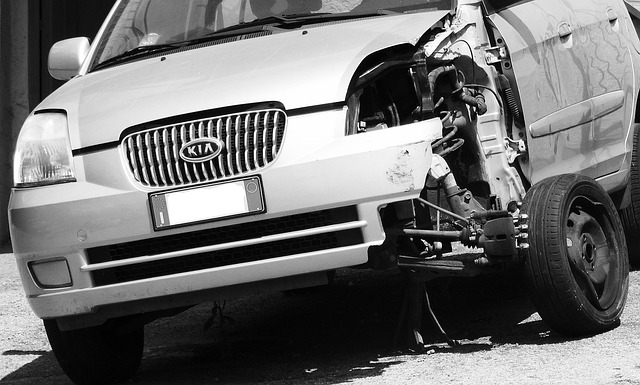
Applying for an insurance repair warranty claim might seem daunting, but by following a structured process, you can ensure a smooth and efficient journey. The initial step is to thoroughly review your policy documents, understanding the terms and conditions related to warranties and claims procedures. This knowledge will empower you to navigate the claim process confidently.
When filing a claim for a vehicle repair or car restoration, start by gathering all necessary information. This includes documenting the damage sustained in the car collision repair, collecting quotes from reputable garages, and ensuring your policy details are up to date. Communicate effectively with your insurance provider, providing them with accurate details of the incident and the proposed repairs. A clear and prompt claim submission will expedite the evaluation process, leading to a faster resolution for your car collision repair needs.
Common Mistakes to Avoid During the Claim Filing and Resolution Process

When filing an insurance claim for repair work, whether it’s for a vehicle dent repair or more extensive auto frame repair, many individuals make mistakes that can delay the process or even result in denied claims. One common oversight is not thoroughly understanding and documenting all damage; every dimple, crack, or misalignment could be part of the insured loss. It’s crucial to take photos from various angles before beginning any repairs to have a clear record for future reference.
Another mistake is failing to keep detailed records of all communications and documents related to the claim. This includes saving all correspondence with your insurance company, auto collision center, or repair shop. Additionally, ensure that you’re aware of the scope of work covered under your insurance repair warranty. Misinterpreting what’s included could lead to disputes later on, so read your policy carefully and clarify any doubts with your provider before starting the resolution process.
Applying your insurance repair warranty correctly involves understanding its coverage, following a structured application process, and steering clear of common mistakes. By familiarizing yourself with what’s included and what’s excluded, and adhering to the steps outlined in this guide, you can effectively file a claim and ensure a smooth resolution. Remember, knowing your rights and responsibilities is key to making the most of your insurance repair warranty.


